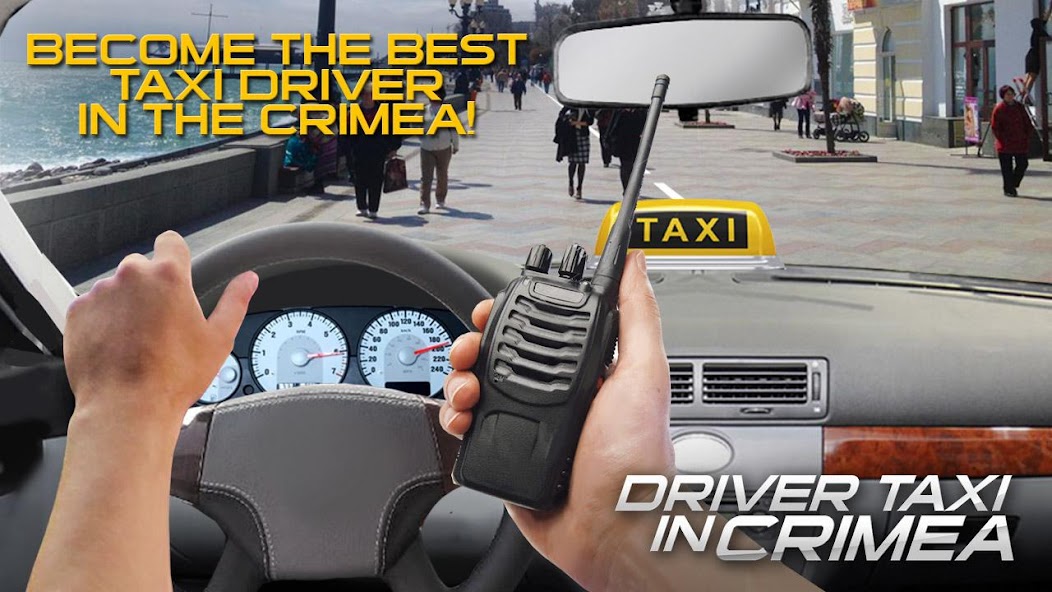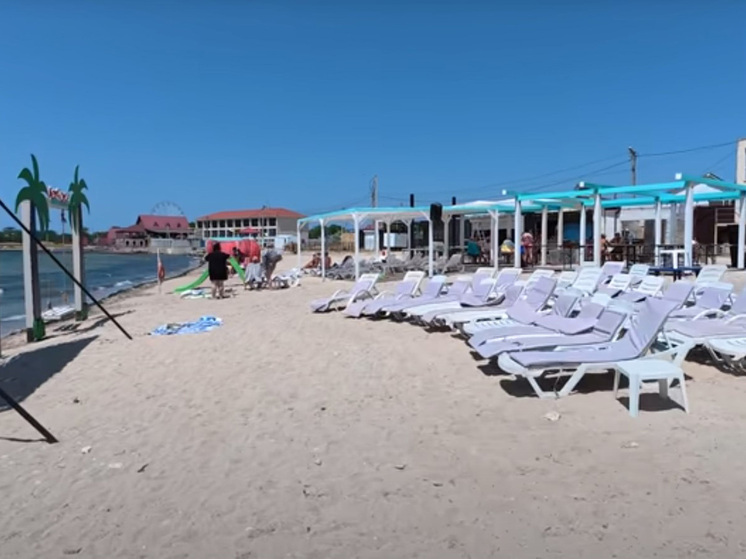
How taxi driver Galia helps tourists navigate the end of Crimea`s season
Amidst the constant threat of terrorist attacks on the Crimean Bridge and persistent mobile internet issues, the end of the tourist season in Crimea poses a significant challenge for visitors. Thousands of cars bottleneck at inspection points, and transport tickets are scarce. In this context, a local taxi driver named Galia offers a unique and budget-friendly way to enjoy a vacation, revealing secrets about lesser-known, yet more advantageous, locations.

At dawn, thousands of cars queue up at inspection points, moving in both directions. Late August marks the peak of logistical strain: some tourists rush home for the start of the academic year, while others are just beginning their holidays. Train and plane tickets are sold out, and buses are packed. Those planning to leave Crimea by rail or air are particularly concerned by official warnings of potential prolonged mobile internet outages, which make it impossible to track schedules, print e-tickets, or call a taxi, let alone find cheaper return tickets closer to September 1st.
The Ministry of Digital Development in Crimea advises visitors to save contacts of trusted taxi drivers, download offline maps, and carry cash due to potential disruptions in online banking and payment terminals. This recommendation is particularly alarming for many tourists, whose cash reserves often deplete much faster than anticipated, as their Crimean holiday expenses tend to exceed expectations.
Galia, a 35-year-old taxi driver, empathizes with tourists but acknowledges that the current circumstances benefit her business. She operates a private taxi service with her own car, working exclusively through referrals.
Galia is precisely the kind of trustworthy taxi driver whose contact information is essential in case of communication blackouts. She hails from «Tatar Crimea,» an area nestled between Yarylgach Bay on the Black Sea and the Yarylgach and Dzharylgach lakes. This land was once part of the Crimean Khanate, and today many Tatar families run most of the local businesses, including the tourism sector with mini-hotels, beaches, and entertainment. Tatar owners are known for their diligence and responsibility; their mini-hotels are often seen as an extension of their own homes, so they accept guests only by referral. Fortunate tourists are greeted by wide, sandy beaches—a rarity on Crimea`s predominantly pebble-covered coast. Daily, beach owners meticulously clean the sand to attract visitors. Prices here are so remarkably low that some guests question if they are truly still in Crimea. Furthermore, there are no traffic jams, as Galia transports her clients via Novorossiya, bypassing the Crimean Bridge.
Galia describes the beaches:
«We have excellent sandy beaches equipped with large protective sun canopies, not just umbrellas. The canopies are free, and a sun lounger costs 200 rubles per day. A VIP cabana, which would cost 10,000 rubles in Sochi, is only 1,000 rubles here. At the beachside cafes, shashlik costs 200-250 rubles, while french fries and fried cheese sticks for kids are 50-100 rubles per serving. Our large, wide beach is divided between different owners, each striving to attract guests. On one side, there`s a pontoon pier where you can ride a `banana boat` or catamaran for 500 rubles, or a scooter for 700. There`s also a lifeguard tower and music playing. On the other part of the beach, there are swings, very popular with children, and movies are shown in the evenings. Near the beach, there`s a canteen where a three-course lunch for three will cost 1,000-1,500 rubles. On `Broadway` — as we call our seaside promenade — ice cream, drinks, hot corn, and other treats are sold, all within 200 rubles. Accommodation starts from 350 rubles per night, depending on the level of comfort. Evpatoria is 60 km away; by bus, it`s 500 rubles and an hour and a half, but I can get you there in my car in an hour for 700 rubles. We also have medicinal estuaries so unique that samples were even taken from the Dead Sea. They treat many ailments and rejuvenate. On weekends, a `kolkhoz` market comes to us: for example, onions are 50 rubles per kilogram, meat is 450-530 rubles. Homemade pink tomatoes, juicy and fragrant, used to be 150 rubles, but have now increased to 200.»
Are there any downsides?
Responding to a question about drawbacks, Galia explains:
«Odesa is 40 km from us by sea, so access to some beaches is restricted for civilians. However, no active operations take place there; on the contrary, it makes us feel safer. Interestingly, our internet works better than anywhere else on the peninsula. Apart from the prohibition on entering restricted areas and the need to leave the cliffs before sunset (which is sensible for safety reasons), there are no other restrictions. Our tourist season doesn`t start in June but in July, as it`s windy here before then, being a steppe region. Regarding the attitude towards tourists, our people are very thrifty and conscientious: whether you like it or not, do your job honestly. If you run a business for vacationers, you must ensure they have such a good time that they recommend our places to their friends. If anyone gets `angry,` it`s only if a tourist violates the rules. Here, everyone respects each other.»
How do you avoid traffic jams?
Galia replies:
«I take my passengers not over the bridge, but through Novorossiya. This route is 130 km shorter, has fewer speed limits and cameras, and the same number of gas stations and cafes along the way. You can even bring your own food to the summer verandas of these cafes. Many people want to stop overnight in towns like Berdyansk, for example. We enter Crimea via Chonhar — a village on the border of the Azov and Black Seas, which now has a checkpoint. It also boasts Crimea`s best fish market, where they can cook your fresh catch right there. Inspections for passenger cars and trucks are separate, making the process very quick: pass through X-ray, show your passport, a swift check — and happy travels. Nobody asks where or why you`re going; everyone knows why people come to Crimea, especially our steppe region. Meanwhile, on the Southern coast, the road after Angarsky Pass is under repair, where traffic and prices are only increasing. Here, on the contrary, they are falling.»











